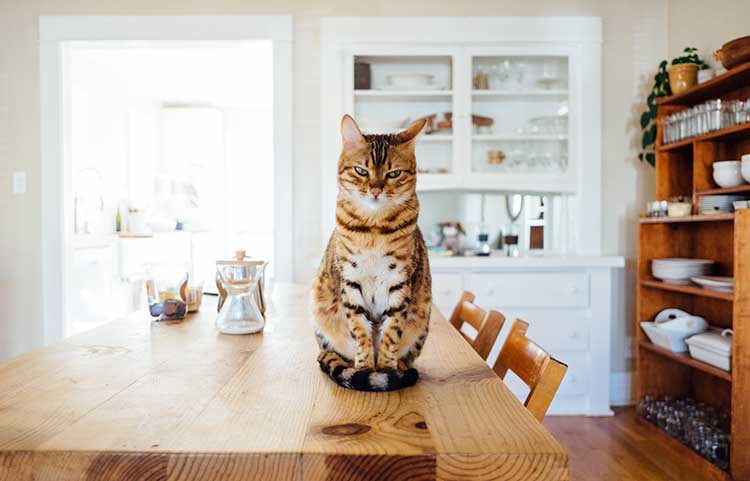Kr-Asia is all about actionable insights for entrepreneurs. And through this post, you’re about to find out:
1. What is cat economy?
2. What user need does the viral WeChat mini program address?
3. What are the market gaps in the pet industry when thinking pet keeping as child-rearing?
Writer: Mandy Wang
The cute pet cats have comforted countless cat lovers and brought extensive economic benefits. They are even seen as a bridge between culture and economy.
There is an economic law about cats in Japan, a country with the most developed cat culture: cats can bring benefits in any area, as long as you put them into good use.
Japan has developed a series of cat-related sectors including animation and grocery stores. According to The Paper, Japan’s pet cat market reached 675 billion yen (about $5.96 billion) in 2011 and the figure had doubled by 2017.
In China, according to Forbes, there were 5.81 million pet cats in 2016, second only to the US. Chinese Pet Industry White Paper of 2017 shows that the spending on pet reached 134 billion yuan in 2017. The number is expected to grow by 40% over the next three years.
Given the huge potential of cat economy, MeowCard (猫卡), a WeChat Mini Program, has recently attracted many cat lovers.
Launched less than two weeks ago, MeowCard, riding the wave of WeChat Mini Programs, has attracted 700,000+ users through word of mouth with more than 20 million page views. Over 200,000 cats have been registered for their ID card on the platform.
Owners can post cat photos and even get a coded ID card for their pet on MeowCard. Onlookers can also feed cats with virtual cat food and add them to their favorite. There are also light communities such as the daily ranks and Kitty ABC.
An owner showing his/her cat is just like a young mother showing her baby. More and more solitary young people are spending time with these cute creatures to fill up their lives in the city.
70% of MeowCard users are female and over 70% of them are 18-29 years old, mainly post-90s/95s. In fact, for urban youth, keeping a cat is increasingly like raising a baby. You need to record, share, learn and of course, buy. If you see pet keeping as child-rearing, you can easily spot the gaps in the market.
First of all, cat infos online were fragmented. Integrated pet communities were mainly found on BBS, which was so last generation and inconvenient. Moreover, most cat owners went to integrated e-commerce platforms. Vertical platforms were basically acquiring customers through their flagship stores on Tmall.com.
Larry, founder of MeowCard, told Kr-Asia that MeowCard is designed as a vertical community for cat owners, witnessing and accompanying each cat as they grow.
Larry is a veteran cat keeper and one of the first developers of Mini Programs. The upgrading of Mini Programs has brought tangible benefits. The WeChat friend circle easily integrates vertical users and at the same time provides a platform for communication and sharing.
In addition to accompanying cats’ growth, Larry believes that MeowCard will introduce more contents and functions in the future, such as including cat photos into videos, extending the cat’s ID card to its insurance card, medical records and even a book of its life stories.
In addition, 2/3 of MeowCard users are cloud keepers, who are not actually cat owners. The retention and conversion of such users require richer products.After seizing users in the early stage, MeowCard needs to prudently design its realization methods.
As for communities, Larry revealed that MeowCard would start from PGC and distribute popular contents based on the established circles of its users.
To develop e-commerce, Larry said that MeowCard would build its own brand. It is now producing cat scratching boards (for claw grinding to avoid damage to the home). More SKUs will be introduced after user response test and later financing.
Kr-Asia believes that there is a lot to tap in cat economy, and the ecology of Mini Programs can enable low-cost customer acquisition.
